How Does Alcohol and Drug Use Influence Suicidal Behaviors?
Last Updated on November 5, 2021

Table of contents
- How alcohol and drug abuse affects mental health
- Does substance abuse increase the risk for suicide?
- Other risk factors for suicide
- How prevalent are substance abuse and suicide?
- Misuse of opioids and suicide
- What are the warning signs of suicide?
- Suicide prevention
- Treatment for addiction and mental health conditions
Addiction and suicide have a complex relationship, and each fuels self-destructive behaviors that can be harmful and life-threatening. This article will take a closer look at that relationship, how substance abuse can increase a person’s risk for suicide, and what treatment options are available.
Related post: An In-Depth Overview of Drug Abuse and Co-Occurring Disorders
How alcohol and drug abuse affects mental health
Addiction, depression, and suicide are all very closely related. People who suffer from severe depression and other mental health issues often engage in risky behaviors or turn to drugs and alcohol to numb their negative feelings. However, chronic alcohol or drug abuse also produces toxic side effects, including mental health issues like anxiety and depression. As a person continues to use alcohol or drugs to cope with depression, they’re likely to experience depressive episodes more often, increasing feelings of hopelessness and despair.
Additionally, some people may have a higher risk of suicide, especially when addiction, violence, or trauma are involved. Notably, if a person’s substance abuse has contributed to financial problems, broken relationships, and homelessness, a person’s suicide risk may increase. Not to mention, drugs and alcohol significantly affect mood and judgment, sometimes leading to poor decisions and suicide attempts.1
Does substance abuse increase the risk for suicide?
Yes, alcohol and drug abuse can increase the risk for suicidal behavior because it increases the severity and duration of depressive episodes. According to studies, over fifty percent of all suicides involve alcohol and drug dependence, and at least 25% of alcoholics and drug addicts commit suicide. Additionally, more than 70% of adolescent suicides may involve drug and alcohol use and dependence.2
Data from the U.S. Department of Health and Human Services states that lower minimum-age drinking laws were also associated with higher youth suicide rates. In addition, a large study that followed adults who drank alcohol found that those with depression reported suicidal ideation. Another study found that people who reported a suicide attempt were more likely to have a depressive disorder and a substance use disorder.3
Other risk factors for suicide
Risk factors can increase the possibility of suicide, but they don’t directly cause it. According to the Centers for Disease Control and Prevention (CDC), the following risk factors may lead someone to consider suicide:4
- Depression or other mental illness
- Financial problems
- Social isolation
- Criminal/legal problems
- Impulsive or aggressive behaviors
- Job problems/loss
- Severe illness
- Substance use disorder
- Adverse childhood experiences
- Bullying
- Relationship problems
- Family history of suicide
- Sexual violence
- Cultural or religious beliefs that support suicide as a resolution for personal problems
- Barriers to healthcare
- Easy access to firearms or medications
- Unsafe media portrayals of suicide
- Previous suicide attempts
How prevalent are substance abuse and suicide?
Substance use disorders and suicide are both major global health issues. In 2018, 48,344 people in the United States died by suicide, including 46,510 adults aged 18 or older.5 In 2020, 40.3 million people aged 12 or older had a substance use disorder (SUD) in the past year, including 28.3 million with alcohol use disorder, 18.4 million with an illegal drug use disorder, and 6.5 million with both alcohol use disorder and an illegal drug use disorder.6
The following statistics are from the CDC, the National Institute on Drug Abuse (NIDA), and the National Survey on Drug Use and Health (NSDUH), further demonstrating the prevalence of substance use disorders and suicide in America:
- In 2020, 12.2 million adults had serious thoughts of suicide, 3.2 million made a suicide plan, and 1.2 million attempted suicide in the past year.6
- In 2020, 4.1 million adolescents aged 12 to 17 had a major depressive episode (MDE) in the past year, and 644,000 had a co-occurring MDE and an SUD in the past year.6
- An estimated 17 million adults in 2020 had a co-occurring mental illness and an SUD, and 5.7 million had a co-occurring serious mental illness and an SUD in the past year.6
- In 2020, 41.1 million people needed substance use treatment in the past year. These findings were consistent with the SUD data.6
- About half of adults in 2020 with a co-occurring SUD and mental illness in the past year received either substance use treatment at a specialty facility or mental health services in the past year, but only 5.7% received both services.6
- More than 47,500 people died by suicide in 2019. That’s one death every 11 minutes.4
- Suicide is the 10th leading cause of death in the U.S.7
Misuse of opioids and suicide
According to a 2019 article published by the NIDA, the opioid epidemic is not limited to people who accidentally overdose due to prescription or illegal opioid use.8 Instead, the data on overdoses also includes those who purposely overdose on these opioid drugs after deciding to take their own lives.
For example, one study took a look at current and past overdose experiences among patients seeking treatment in a Flint, Michigan emergency department. About 39 percent of those whose worst overdose had involved an opioid or sedative reported wanting to die or not caring about the risks. In comparison, 15 percent said they were unsure of their intentions.8
Although it’s difficult to determine which opioid overdose deaths are suicides, experts estimate it may be as much as 30 percent. Another study from the Journal of Psychiatric Research found that people with a prescription opioid use disorder were twice as likely to attempt suicide as those who did not misuse prescription opioids.9
What are the warning signs of suicide?
Sometimes, the toxic side effects of drug and alcohol abuse can make it challenging to spot concerning behaviors that may indicate someone is struggling with depression or suicidal thoughts. However, knowing the warning signs may help you be more aware, understand how to provide support, and take action when needed.
Although every person and every situation is different, some of the most common warning signs of suicide include:10
- Talking about wanting to die or to kill oneself
- Looking for a way to kill oneself
- Talking about feeling hopeless or having no purpose
- Talking about feeling trapped or being in unbearable pain
- Talking about being a burden to others
- Increasing the use of alcohol or drugs
- Acting anxious, agitated, or reckless
- Sleeping too little or too much
- Withdrawing or feeling isolated
- Showing rage or talking about seeking revenge
- Displaying extreme mood swings
Someone who is displaying these signs is likely urgently in need of help and may be in crisis.
Suicide prevention
Although suicide is one of the top causes of death in America, it is preventable. Certain protective factors can make suicide less likely and provide people who are suffering with proper support and treatment for mental health issues and substance use disorders.
For example, effective protective factors that can prevent suicide include:10
- Clinical care for mental, physical, and substance use disorders
- Easy access to a variety of clinical interventions
- Restricted access to highly lethal means of suicide
- Strong connections to family and community support
- Support through ongoing medical and mental health care relationships
- Skills in problem-solving, conflict resolution, and handling problems in a non-violent way
- Cultural and religious beliefs that discourage suicide and support self-preservation
Many organizations provide free and accessible resources and assistance for people struggling with mental health disorders and suicidal thoughts. In general, though, someone struggling with severe depression or showing other signs of being in crisis should get help with immediate therapy or counseling.
Related post: Individualized Addiction Treatment: Why It’s Essential for Recovery
Treatment for addiction and mental health conditions
In conclusion, since substance abuse is one of the most common contributing causes of suicide, one of the first and best ways to prevent suicide is getting immediate addiction treatment. Evidence-based addiction treatment will help alleviate depression and improve judgment and decision-making. During a rehab program, mental health professionals will also diagnose and adequately treat any existing mental health disorders that contribute to depressive and suicidal tendencies.
At Nova Recovery Center, we provide a whole-person approach to addiction treatment with holistic alcohol and drug rehab in Austin, Texas. Our program is highly individualized to provide the most effective addiction treatment possible, with caring and compassionate staff who have firsthand personal experience with addiction themselves.
Our 90-day drug rehab in Austin offers a full continuum of care tailored to each client’s needs, ensuring that they have the best chance at long-lasting sobriety. Additionally, each client at Nova will walk through the 12-Step Program with a recovery specialist, a counselor, and sober peers. This process encourages individuals to address their feelings, gain a deeper understanding of themselves, and make positive changes in their lives.
If you or a loved one is struggling with addiction and depressive episodes or mental health issues, the experienced addiction treatment professionals at Nova Recovery Center can help. Please call (888) 427-4932 to get started today.
References:
- https://pubmed.ncbi.nlm.nih.gov/1361427/
- https://pubmed.ncbi.nlm.nih.gov/1932152/
- https://www.hhs.gov/answers/mental-health-and-substance-abuse/does-alcohol-increase-risk-of-suicide/index.html
- https://www.cdc.gov/suicide/factors/index.html
- https://www.samhsa.gov/data/sites/default/files/reports/rpt29393/2019NSDUHFFRPDFWHTML/2019NSDUHFFR1PDFW090120.pdf
- https://www.samhsa.gov/data/sites/default/files/2021-10/2020_NSDUH_Highlights.pdf
- https://www.cdc.gov/injury/wisqars/
- https://www.drugabuse.gov/about-nida/noras-blog/2019/09/suicide-deaths-are-major-component-opioid-crisis-must-be-addressed
- https://pubmed.ncbi.nlm.nih.gov/28364579/
- https://save.org/about-suicide/warning-signs-risk-factors-protective-factors/
Call Us Now and Begin Healing at (512) 605-2955
Or text us and we will call you right back.
Not quite ready for a call? You can fill out the form below.
What Makes Us Different
- Gender-specific treatment
- Evidenced-based treatment
- 12-Step immersion
- 90-day residential treatment
- Family program
- Full continuum of care
- Insurance and private pay
100% Confidential Guarantee
Confidential Consultation
Nova Recovery Center is dedicated to helping you or your loved one get help. Please call or fill out this form for a confidential consultation.
One of our understanding, dedicated advisors will contact you about your options. Begin healing today.
Nova Recovery Center is dedicated to helping you or your loved one get help. Please call or fill out this form for a confidential consultation. One of our understanding, dedicated advisors will contact you about your options. Begin healing today.





